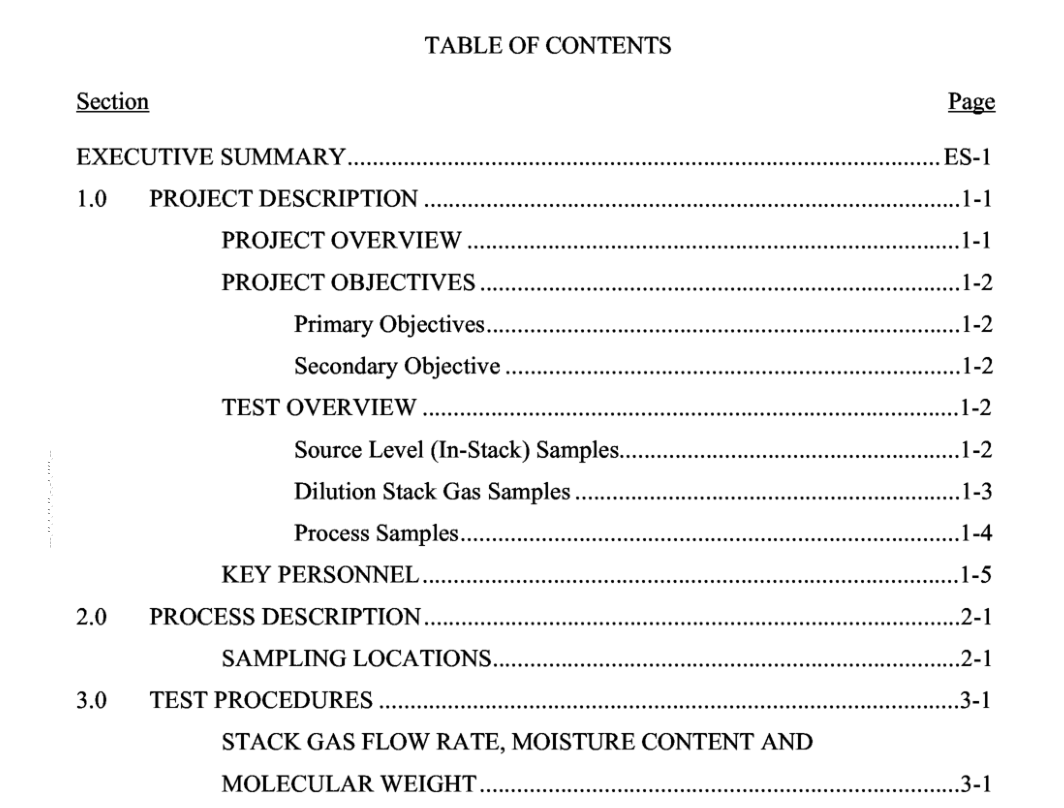API Publ 4704 pdf download

API Publ 4704 pdf download.Characterization of Fine Particulate Emission Factors and Speciation Profiles from Stationary Petroleum Industry Combustion Sources
This report presents results of a pilot project to evaluate the test protocol on a 1 14 million British thermal unit (MMBtu) per hour gas-fired refinery process heater. The process heater has a refractory-lined rectangular box furnace with a single row of burners on two opposing sides of the furnace with a tubular process fluid heat exchanger located at the top of the furnace. The unit has no controls for NO, emissions. The flue gas temperatwe at the stack was approximately 680°F during the tests. The particulate measurements at the stack were made using both a dilution tunnel research test method and traditional methods for regulatory enforcement of particulate regulations. The dilution tunnel method is attractive because the sample collection media and analysis methods are identical to those used for ambient air sampling. Thus, the results are directly comparable with ambient air data. Also, the dilution tunnel method is believed to provide representative results for condensible aerosols. Regulatory methods are attractive because they are readily accepted by regulatory agencies and have been used extensively on a wide variety of source types; existing regulatory methods for condensible aerosols may be subject to significant bias, however, and sampling/analytical options are limited. Emission factors for all species measured were extremely low, which is expected for gas-fired sources. Emission factors for primary particulate, including: total particulate, PM 1 O (particles smaller than nominally 10 micrometers), and PM2.5; elements; ionic species; and organic and elemental carbon are presented in Table E- 1. Since the process heater was firing refinery process gas with a heating value different from natwal gas, emission factors are expressed in pounds of pollutant per million British thermal units of gas fired (lb/MMBtu). All tests were performed in triplicate. As a measure of the bias, precision, and variability of the results, the uncertainty and 95% confidence upper bound also are presented. Emission factors for semi-volatile organic species are presented in Table E-2. The sum of semi- volatile organic species is approximately 3% of the organic carbon. Emission factors for secondary particulate precursors (NO,, S02, and volatile organic species with carbon number of 7 or greater) are presented in Table E-3.
The preceding tables include only those substances that were detected in at least one of the three test runs. Substances of interest that were not present above the minimum detection limit for these tests are listed in Table E-4. A single ambient air sample was collected at the site. In some cases, the emission factors reported in Tables E-1 to E-3 resulted from in-stack concentrations that were near ambient air concentrations. Those in-stack species concentrations that are within a factor of 10 of the ambient air concentration are indicated on the table by an asterisk (*). The primary particulate results presented in Table E-1 also may be expressed as a PM2.5 speciation profile, which is the mass fraction of each species contributing to the total PM2.5 mass. The speciation profile is presented in Figure E-1 .Sampling and analytical artifacts principally caused by gaseous SO2 in the stack gas were shown to produce a relatively large positive bias in condensible particulate as measured by conventional in-stack methods. Most of the difference between the dilution tunnel and conventional method results can be explained by these measurement artifacts. The results using conventional EPA methods are nominally consistent with published EPA emission factors for external combustion of natwal gas (U. S. EPA, 1998). Therefore, the published EPA emission factors derived from tests using similar measurement methods also may be positively biased.









